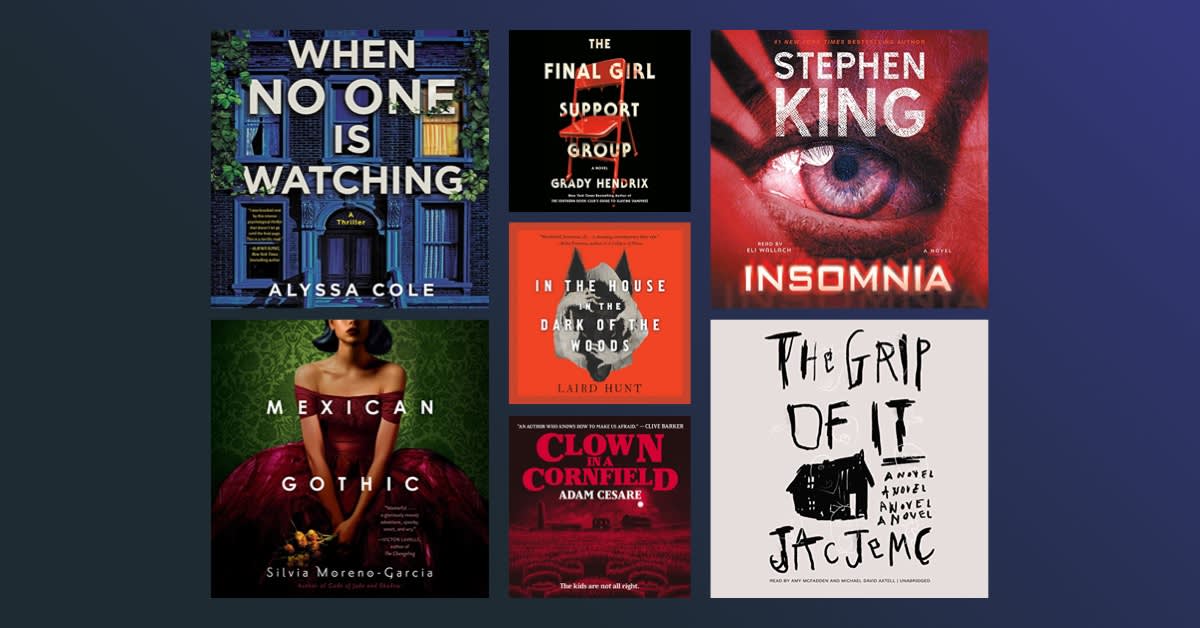Early every November in households across Mexico, Latin America, and around the world, families remember their lost loved ones in breathtaking and profoundly meaningful ways. They celebrate the circle of life while simultaneously recognizing its brevity and beauty. Even children participate in these celebrations as a reminder not to fear death but rather live life to the fullest and never forget the ancestors who came before them. The Day of the Dead, or Dia de los Muertos, has a long and rich history steeped in ancient Aztec traditions and has become a staple of Mexican culture. Whether it is large graveyard celebrations filled with dazzling marigolds, private family altars replete with sugar skulls and treats, or the incredible Day of the Dead parade held in Mexico City, these festivities are something to behold.
Day of the Dead Celebrations and Traditions
The Day of the Dead is anything but sad or spooky. Instead, the festivities are full of vibrant colors, joy, reflection, and celebration. Mexicans everywhere take part in traditions that stretch across thousands of years and customs to commemorate their ancestors and loved ones in some of the most dazzling ways. The belief is that lost loved ones can return to Earth for a short time on this day. The parades and festivals that await their return are a gathering site where they can be reunited, if even for a brief moment.
In the audiobook Coco, inspired by the beloved film, writer Diana Lopez captures the heart-wrenching beauty of this tradition brilliantly. This audiobook is a perfect listen for the whole family on this Day of the Dead.
From November 1st to the 2nd, the veil between the afterlife and the world of the living is thought to be so thin that those who have passed away can come back to visit their family members. To guide those loved ones home across Mexico, or to the homes of Mexican families everywhere, altars—also known as ofrendas—are erected in their memory. These incredible displays are decorated with pictures of these loved ones, sugar skulls, marigolds, and their favorite foods. Among some of the traditional items included in these ofrendas is a sweet treat called pan de muerto, or bread of the dead, and a traditional Mexican drink called atole. Family members also gather in graveyards to decorate the graves of loved ones and have large celebrations full of music and food. These gravesites are decorated with papel picado, lit candles, colorful calacas (skeletons), and seas of gorgeous yellow marigold flowers also called cempasúchil. Another staple of Day of the Dead festivities is La Calavera Catrina. The creation of famed illustrator José Guadalupe Posada, this tall female skeleton wearing a fancy hat is one of the most recognizable images of Dia de los Muertos. This iconic figure is especially popular in parades and large celebrations held in places like Mexico City, Michoacán, and Oaxaca.
The Origins of The Day of the Dead
Contrary to popular belief, Dia de los Muertos has nothing to do with Halloween or trick or treating. The Day of the Dead is an extension of the ancient Aztec and Mayan views on life and death. For them, death wasn't a reason to mourn. When someone died, these indigenous peoples celebrated and honored their loved ones and their transition to a beautiful afterlife. Dying marked the beginning of this long journey for which the deceased would need supplies. They would bring the dead things like food and water to help them on their travels, which has inspired the way people still celebrate Dia de los Muertos. The altars and ofrendas people now fill with their loved ones’ favorite things are a direct reflection of the traditions of these ancient cultures.
Dia de los Muertos is held on November 2nd, but that was not the date this important holiday was originally celebrated in Mexico. Prior to colonization, Dia de los Muertos took place during the summer months. But as the Spanish began to seize these ancient civilizations during the 16th century, their traditions became heavily influenced by the beliefs and teachings of the Catholic Church. Mexican customs began to reflect holidays on the Catholic calendar, like All Saints Day and All Souls Day, which honor loved ones who have passed away. These holidays fall on November 1st and 2nd, the days that the Day of the Dead is now observed.
The Mexican tradition of celebrating life in the face of death is a reminder that it is a normal part of life and not to be feared. Instead, appreciating every moment we are alive is the most critical part of living. This is one of the most prevalent themes found in the classic written by Malcolm Lowry, Under the Volcano. This audiobook is a haunting recount of a man’s day set in 1938 Mexico, on the Day of the Dead. The main character’s prevalent attitude of taking his life for granted and only living for the future, and what it costs him, reinforces one of the most significant aspects of this holiday.
El Dia de los Muertos can also be a great time to speak to children about the holiday and its deeper meanings without making death scary or sad. The Day of the Dead Mystery by Gertrude Chandler Warner is a great way to introduce this magnificent holiday to kids of all ages. This audiobook is also a great mystery story that will keep the whole family entertained and is worth a listen on this Day of the Dead.
This important Mexican holiday is celebrated all around the world for a reason. These celebrations and ofrendas are not just mesmerizing to look at, but they are steeped in the love and tradition handed down by the indigenous people that came before us. People gather to tell stories, eat, drink, and remember those who have gone before them and appreciate the beauty of being alive in deeply moving ways. While there can be sadness in remembering those who have died, these celebrations are full of joy for life and what comes after. The Day of the Dead is a holiday that reminds and encourages us to never forget or stop celebrating the lives of those we have loved and lost.







